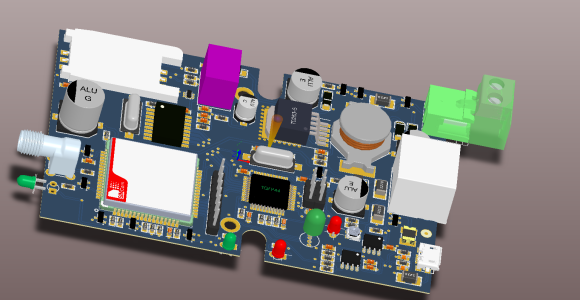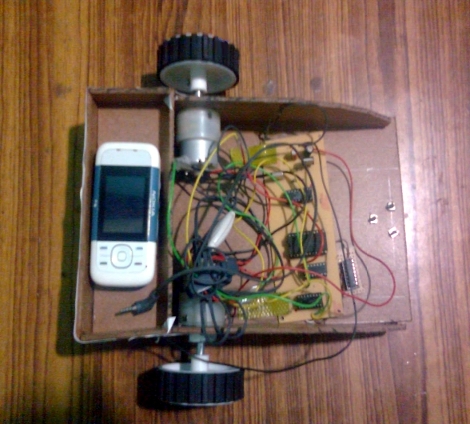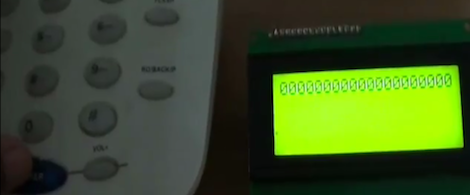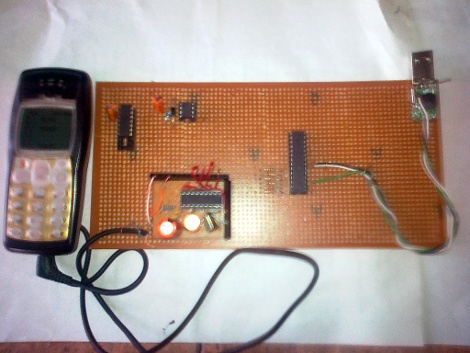
[Nick] and [Simon] both have home security systems with a monitoring service who will call whenever an alarm is tripped. For [Simon] this ends up happening a lot and he wanted to change the circumstances that would trigger a call. Because of company policy the service is inflexible, so he and [Nick] went to work cutting them out of the loop. What they came up with is this custom electronics board which monitors the security system and calls or texts them accordingly.
They started with the self-monitoring alarm system design we looked at back in September. This led to the inclusion of the SIM900 GSM modem, which is a really cheap way to get your device connected to the cellular network. It also uses a DTMF touch tone decoder to emulate the phone line to keep the security system happy. [Simon] highlights several changes he made to the design, as well as the reasons for them. One idea he has for a possible revision is to do away with the MT8870 chip which handles the touch tones. He thinks it may be possible to use the SIM900’s DTMF features to do that work instead.
















